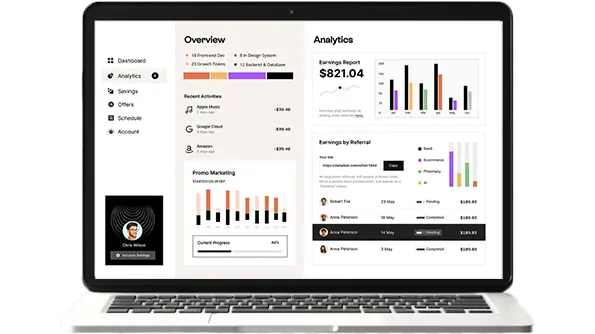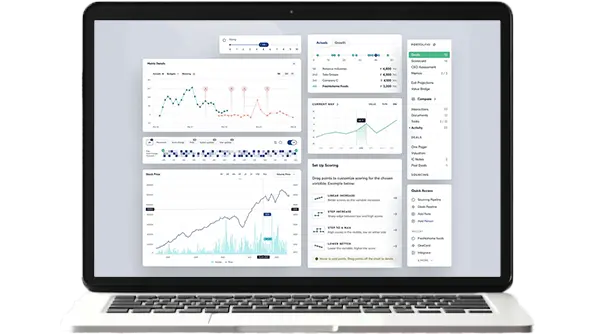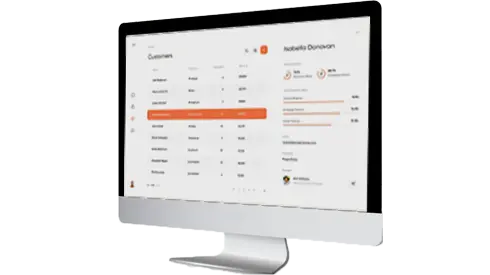Coherent Digital Roadmap for PPDA
Digital Transformation and Strategy
PPDA
Period
2023
Project Overview
Development of a digital transformation roadmap for the Public Procurement and Disposal of Public Assets Authority (PPDA) to modernize Uganda's procurement processes. The project created a comprehensive blueprint to integrate siloed systems, enhance analytics, and provide cloud hosting and training, drawing inspiration from Estonia’s e-government model.
Objectives:
- Unify disparate systems to create a cohesive digital infrastructure, enabling seamless data flow and improved operational efficiency.
- Develop comprehensive training programs to equip staff with the skills needed to leverage new technologies and processes effectively.
- Implement digital tools and automation to streamline procurement workflows, reduce manual errors, and increase transparency.
Scope:
- The project streamlined PPDA's internal workflows to enhance coordination and efficiency across various departments.
- It upgraded procurement systems to ensure they meet modern standards and improve transparency in operations.
- The initiative modernized IT infrastructure to provide reliable support for procurement and administrative functions.
- It also implemented staff training programs to equip employees with skills needed for new systems and processes.
Solutions Provided
- Conducted a thorough assessment of the current digital infrastructure to identify areas needing immediate attention and long-term improvements, ensuring a solid foundation for transformation.
- Implemented immediate fixes such as upgrading servers to enhance performance and reliability, and providing user coaching to improve digital literacy and adoption of new systems.
- Developed a strategic plan for system integrations to ensure seamless data flow and interoperability between different platforms, reducing silos and improving efficiency.
- Introduced e-signature capabilities to streamline document processing and reduce paperwork, enabling faster approvals and reducing operational bottlenecks.
- Updated policies to align with the new digital transformation initiatives, ensuring compliance and governance while supporting innovation and agility.
Outcomes and Benefits
- Streamlined operations by integrating disparate systems, allowing for seamless data flow and reducing redundancy across departments.
- Enhanced staff capabilities through targeted training programs, enabling employees to effectively use new digital tools and processes.
- Established a scalable digital infrastructure that supports future growth and innovation, ensuring long-term sustainability.
- Improved decision-making with real-time access to integrated data, leading to more informed and timely actions across the organization.

Technologies used
- Web Development
- Java
- Spring Boot
- Angular
- DevOps
- Azure DevOps
- Git
- Workflow Management
- Camunda BPMN
- Camunda Workflow Systems
Related Projects



